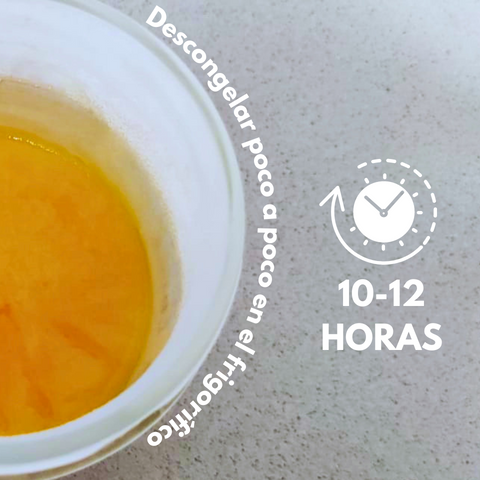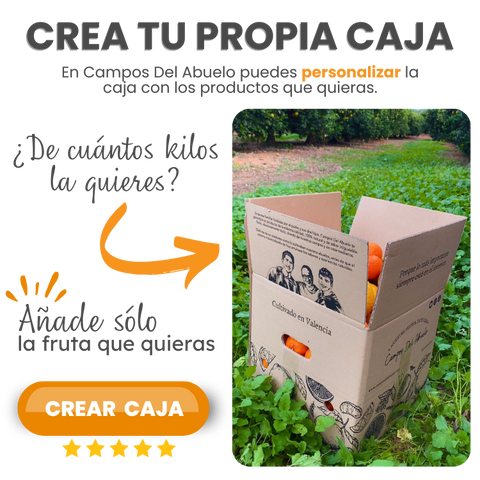How do you know if an orange is good? We give you all the keys
Still don't know how to choose good oranges ? It is best to buy it directly from a farmer . If you are one of those who likes to drink orange juice freshly made every morning, then you surely know the importance of each orange you use being of the best quality .
You probably don't know if it is cheaper to buy directly from the farmer , but what is certain is that you get the best quality. We want you to become an expert in oranges and not be fooled again, which is why we are going to teach you the main aspects that you will have to pay attention to if you want to take the best fruit home.
You don't need to be an expert to know if an orange is fresh or not. With these tricks that we are going to give you, you will realize it right away. First of all, and since it is difficult to know with the naked eye , smell can be our ally. Even so, look at these 3 aspects to identify that an orange is fresh:
- The skin is smooth, without ridges
- The peduncle is green.
- It has a bright color, without being waxed
How long do oranges stay in good condition?
One of the important factors for preserving an orange in optimal conditions is the temperature , as you may already know, the lower the temperature, the longer the freshness time will be. And if you have a son or daughter and are considering when to give your baby the first orange juice , you surely want them to be in the best conditions.
However, storing them at very low temperatures can also be harmful to some fruits. Oranges are stored well between 0 and 7 degrees Celsius, if you store them between 0° and 1° they can last between 8 and 12 weeks , if you store them between 2° and 7° they can last between 4 and 6 weeks .
How to extend the life of oranges?
Once you buy the oranges and they arrive home, it is advisable to place them in a cool place . For example, the pantry is often a perfect location. And, keep in mind that most of the fruit you buy has post-harvest chemicals . However, at Campos del Abuelo we do not use those preservatives .
Sometimes oranges spend much of their time in refrigerators until the customer arrives at the supermarket and buys them. In this way, it happens that when you take them out of these containers, they go bad very easily .
Is it preferable to leave oranges outside or inside the refrigerator?
It is preferable to keep oranges at room temperature , avoiding excessive cold or heat. If we have no other option than to place them in the refrigerator, we will avoid the shelves with the greatest refrigeration.
We will place the oranges inside a tapper , covering them well with a cotton cloth, which will absorb moisture and ensure that we can keep them in their ideal state for longer.
How long do oranges last in the refrigerator?
Inside the refrigerator , an orange that you bought fresh stays in perfect condition for 3 weeks . A piece of advice: when you are going to eat it, take it out a little while before , so that the orange is at room temperature and this way you can enjoy its flavor 100%.
It is also important that you do not be surprised if you buy oranges in the summer and they turn green . It is not a problem, on the contrary, it is indicative of the amount of sugar .
Do you want to buy Valencian oranges online?
Orange juice , like most liquids, expands when it freezes. Additionally, orange juice can become a little more acidic when frozen. Therefore, it is important that you know if you can freeze orange juice and how to defrost it correctly.

We hope this content has been useful to you and we hope to see you again. Remember that in our Campos del Abuelo online store , you have quality Valencian fruit that is always in season , without post-harvest chemicals.


Leave a comment
Please note, comments must be approved before they are published